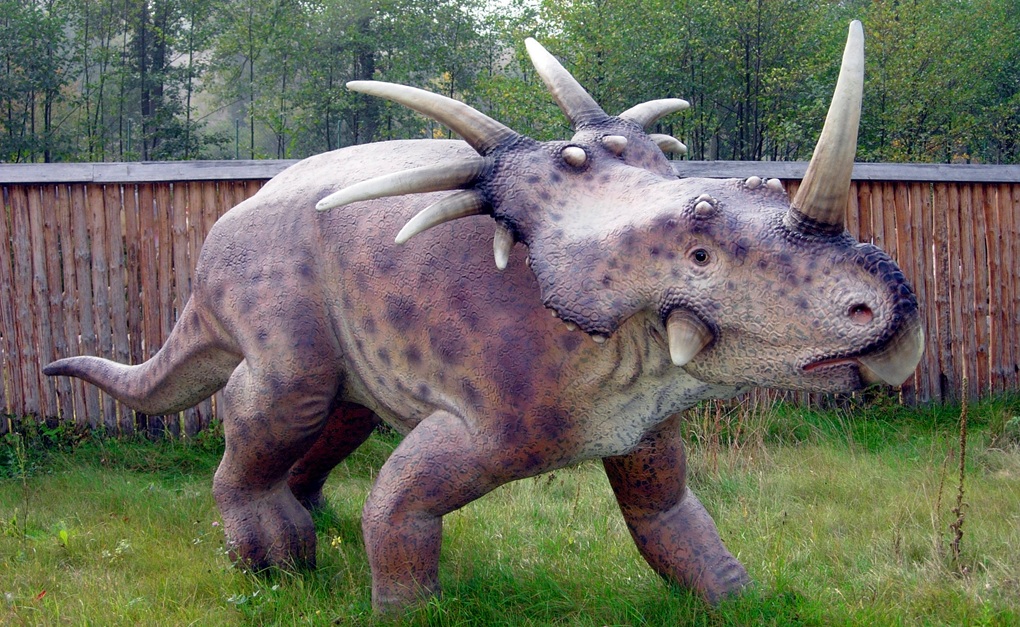The story of dinosaurs is intimately connected to the shifting geography of our planet. For over 165 million years, these magnificent creatures dominated Earth’s landscapes, evolving and diversifying as the continents themselves moved across the globe. This continental drift—the slow migration of landmasses driven by plate tectonics—created and destroyed environments, connected and isolated populations, and profoundly influenced the evolutionary trajectory of dinosaurs. From the unified supercontinent of Pangaea to the fragmented world map more familiar to us today, the changing face of Earth played a crucial role in determining which dinosaur species thrived, specialized, or perished. This article explores the fascinating interplay between geological processes and dinosaur evolution, revealing how the literal movement of our planet helped shape the incredible diversity of dinosaur life.
The Birth of Pangaea and Early Dinosaurs

The earliest dinosaurs emerged around 230-240 million years ago during the Late Triassic period, at a time when the world’s landmasses were fused together into the supercontinent Pangaea. This vast, continuous landmass created a setting where early dinosaurs could potentially spread widely across the planet without oceanic barriers. The climate of Pangaea was largely harsh and arid in its interior, with extreme seasonal variations creating environmental pressures that may have favored the adaptations found in early dinosaurs. Fossil evidence suggests that some of the earliest dinosaurs, like Eoraptor and Herrerasaurus from South America, shared similarities with specimens found in what is now Madagascar and India, supporting the idea that early dinosaur evolution occurred in a connected world. These first dinosaurs were relatively small and competed with other dominant reptilian groups like pseudosuchians, the ancestors of modern crocodilians, in a world that looked drastically different from our own.
The Great Pangaean Desert and Dinosaur Adaptations

The interior of Pangaea featured an enormous desert, creating harsh conditions that influenced early dinosaur adaptations. This vast arid region, far from coastal moisture, presented significant challenges for life, with extreme temperature fluctuations between day and night. Early dinosaurs developed several key adaptations that helped them survive these difficult conditions, including efficient respiratory systems and potentially improved temperature regulation compared to other reptiles of the time. Some scientists theorize that the challenging environment of Pangaea acted as an evolutionary crucible, selecting for traits that would later allow dinosaurs to dominate the planet. Notably, the ability to conserve water, tolerate heat, and survive on limited resources may have been critical advantages that helped early dinosaurs outlast many of their competitors. These adaptations, forged in the harsh Pangaean interior, would continue to serve dinosaur lineages well even as the continents began to separate and new environments emerged.
The Beginning of Continental Fragmentation
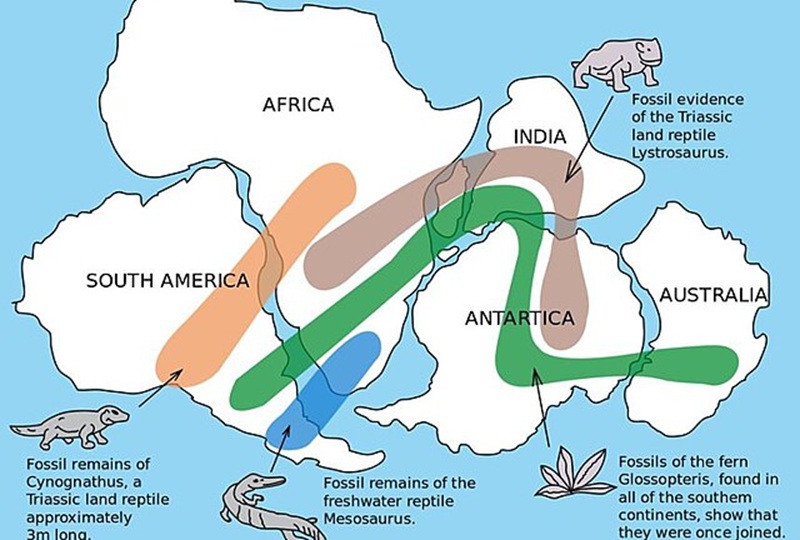
Approximately 200 million years ago, at the transition between the Triassic and Jurassic periods, Pangaea began its slow dismantling, initiating a process that would dramatically reshape dinosaur evolution. The first major rift occurred between the northern landmass (Laurasia) and the southern landmass (Gondwana), creating the Tethys Sea between them. This initial fragmentation coincided with one of the largest mass extinction events in Earth’s history, the Triassic-Jurassic extinction, which eliminated many competing terrestrial vertebrates and cleared ecological niches for dinosaur expansion. As narrow seaways formed between separating landmasses, they created barriers that began to isolate dinosaur populations that had previously been able to intermingle. Environmental conditions also shifted dramatically along these new coastlines, with increased rainfall and more moderate temperatures replacing the harsh continental climate that had dominated Pangaea’s interior. These changes in geography and climate set the stage for the explosion of dinosaur diversity that would characterize the Jurassic period.
Jurassic Diversification and Continental Isolation
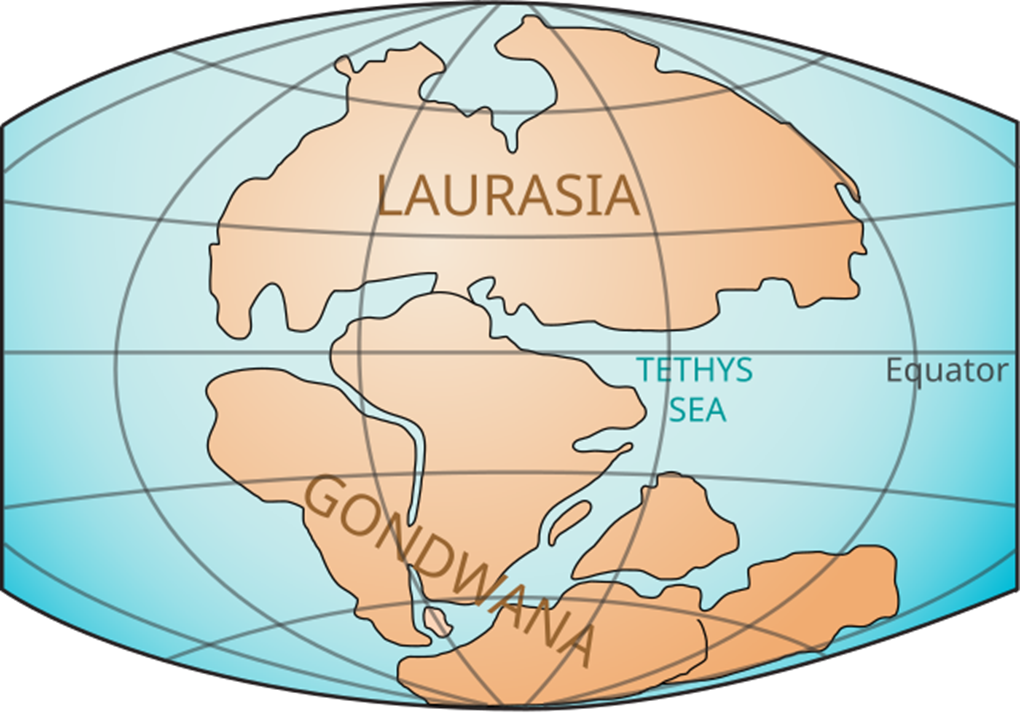
The Jurassic period (201-145 million years ago) witnessed an extraordinary radiation of dinosaur species as the continuing fragmentation of continents created new and diverse habitats. With Laurasia and Gondwana now separating, distinctive dinosaur faunas began to emerge in different regions of the world. In North America and Europe, large sauropods like Diplodocus and Brachiosaurus evolved alongside predators such as Allosaurus, while different but related species developed in the southern continents. The increasing isolation led to allopatric speciation—the formation of new species when populations become geographically separated. The fossil record shows clear evidence of this regional diversification, with certain dinosaur families becoming characteristic of particular continents. For example, the stegosaurs became particularly diverse in what is now North America, while early titanosaur sauropods flourished in the southern continents of Gondwana. This period represents a critical transition from the relatively uniform worldwide dinosaur fauna of the Late Triassic to the more regionally distinct assemblages that would characterize the later Mesozoic.
The Rise of Gondwanan Giants
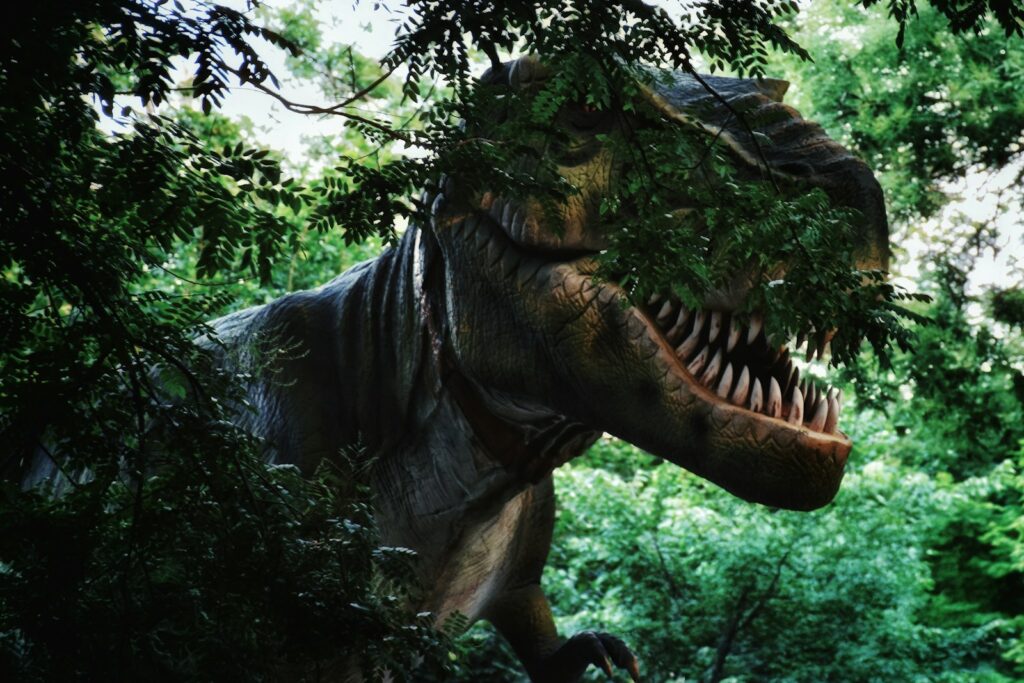
As Gondwana—the southern supercontinent comprising what would become South America, Africa, Antarctica, Australia, and India—continued its own fragmentation during the Cretaceous period, it gave rise to some of the most spectacular dinosaurs that ever lived. The isolation of South America, in particular, created an evolutionary laboratory that produced titans like Argentinosaurus, possibly the largest land animal that ever existed, estimated to weigh up to 70 tons. The unique evolution of Gondwanan dinosaurs is exemplified by the titanosaurs, a group of sauropods that achieved their greatest diversity in the southern continents. Africa’s isolation led to the evolution of distinctive predators like Spinosaurus, the largest known carnivorous dinosaur, which developed specialized adaptations for fishing. The fossil record from these southern continents reveals unique evolutionary pathways that dinosaurs followed when isolated from their northern relatives. Paleontologists have noted significant differences in dinosaur communities between Gondwanan landmasses and Laurasian ones, with certain families being entirely absent from one region while flourishing in another—a clear signal of how continental separation directed evolutionary trajectories.
Laurasian Dinosaur Developments

While the southern continents were producing their giants, the northern landmasses of Laurasia (North America, Europe, and Asia) were developing their own distinctive dinosaur fauna. The relatively good connection between these northern continents allowed for considerable movement of dinosaur species, creating what paleontologists recognize as a Laurasian dinosaur community with shared characteristics. This period saw the rise of the tyrannosaurids in North America and Asia, evolving from smaller ancestors into the iconic predators like Tyrannosaurus rex. The hadrosaurids, or duck-billed dinosaurs, also radiated extensively across Laurasia, developing specialized teeth for processing the flowering plants that were beginning to dominate many ecosystems. Ceratopsians like Triceratops became particularly diverse in western North America, evolving elaborate frills and horns that likely served both defensive and display purposes. The fossil record shows interesting patterns of dinosaur migration across Laurasia, with evidence of Asian dinosaur groups moving into North America as land bridges formed and disappeared with changing sea levels and continental positions.
Island Isolation and Dinosaur Dwarfism
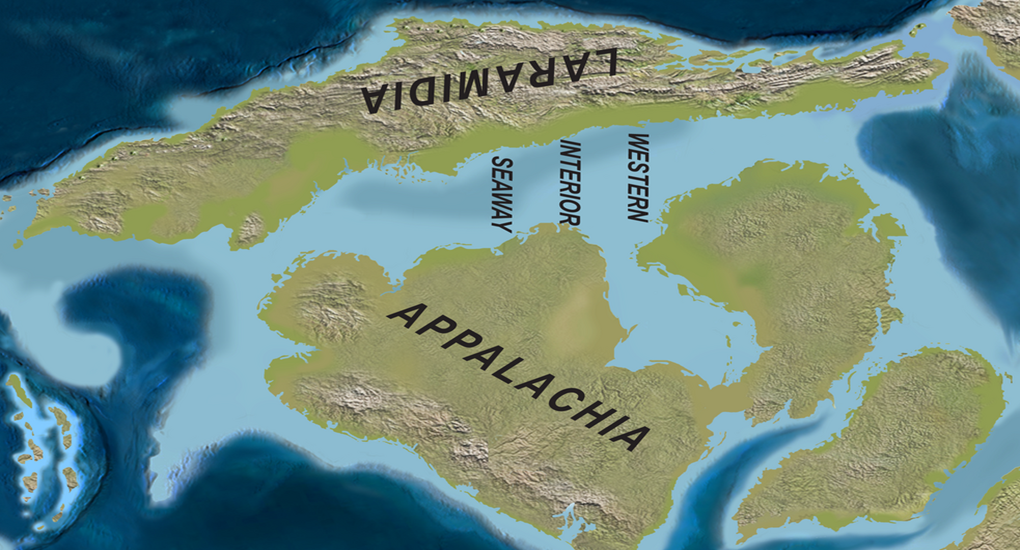
One of the most fascinating effects of continental fragmentation on dinosaur evolution was the phenomenon of insular dwarfism, where large species evolved smaller body sizes when isolated on islands. As continents split apart, rising sea levels often created islands where dinosaur populations became cut off from their mainland relatives. The limited resources available on these islands created strong selective pressure for smaller body sizes, as larger animals required more food to sustain themselves. A classic example comes from the Late Cretaceous of Romania (which was then an island in the Tethys Sea), where paleontologists discovered Magyarosaurus, a titanosaur sauropod that had evolved to be much smaller than its mainland relatives. Similar patterns have been observed with other dinosaur groups, including diminutive tyrannosaurs and reduced-size hadrosaurs found in island environments. These island dwarfs demonstrate how quickly and dramatically dinosaurs could adapt to changing geographical circumstances, providing a clear example of how continental fragmentation directly shaped dinosaur evolution through isolation and resource limitation.
Dinosaur Migration Routes and Land Bridges
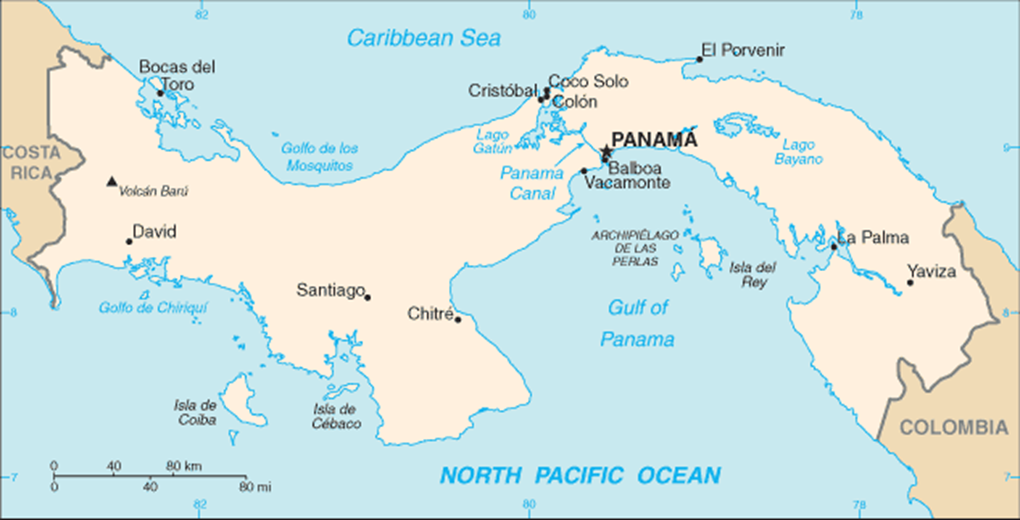
Throughout the Mesozoic Era, the shifting continental plates occasionally created temporary land connections that served as crucial migration corridors for dinosaurs. These land bridges allowed dinosaur groups to expand their ranges and colonize new territories, sometimes leading to significant evolutionary developments. Perhaps the most important of these connections was the land bridge that intermittently linked Asia and North America across what is now the Bering Strait. Fossil evidence indicates that several important dinosaur groups, including tyrannosaurids, troodontids, and ceratopsians, likely originated in Asia and later dispersed to North America via this northern connection. Similar migration routes existed at various times between Europe and North America, and between South America and Antarctica (which remained connected until relatively late in the Cretaceous). The timing of these connections and disconnections created what paleontologists call “dispersal windows”—periods when migration was possible, bracketed by times of isolation that allowed for independent evolution. By studying the distribution of fossil species across former continents, scientists can reconstruct these ancient migration patterns and better understand how continental arrangements facilitated or prevented dinosaur dispersal.
Climate Change Driven by Continental Positioning
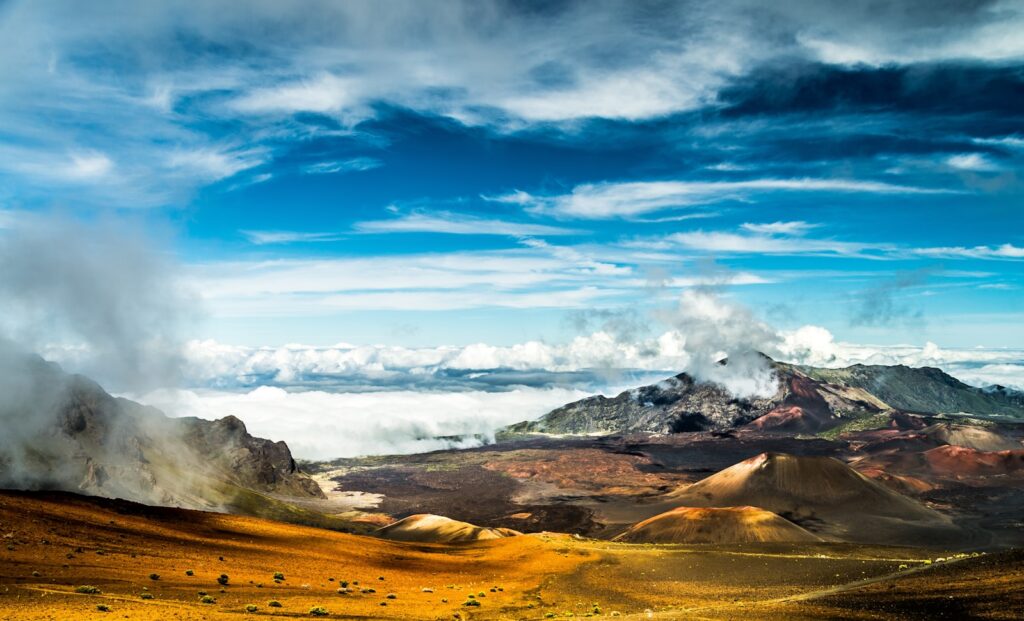
The position of continents on the globe dramatically affects regional and global climate patterns, creating another mechanism by which continental drift influenced dinosaur evolution. As landmasses moved toward or away from the equator, they experienced significant changes in temperature and precipitation that forced dinosaur communities to adapt or perish. The movement of Antarctica from more temperate latitudes to its current polar position occurred gradually during dinosaur times, transforming what had been forested dinosaur habitat into increasingly cold environments that challenged dinosaur physiology. Similarly, the northward movement of India created dramatic changes in regional climate patterns across Asia. The breakup of Pangaea also altered oceanic circulation patterns, which in turn affected continental climates by changing the distribution of heat around the planet. These climate shifts driven by continental positioning created new selective pressures, likely contributing to the evolution of dinosaur features like feathers (which may have originally evolved for insulation) and different body sizes (with larger bodies generally being more efficient in colder climates and smaller bodies better adapted to hotter environments).
The India-Asia Collision and Its Evolutionary Impact
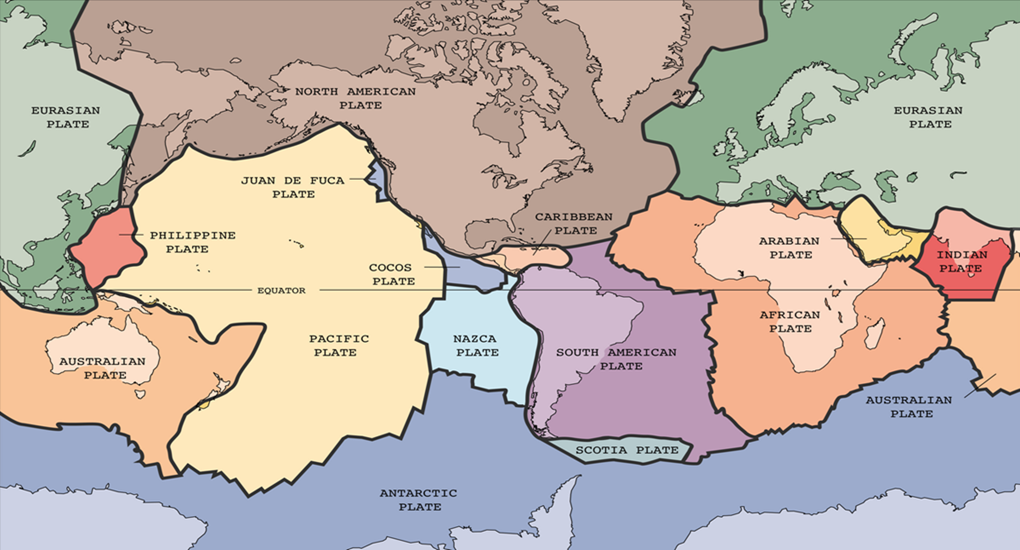
One of the most dramatic geological events during dinosaur times was the northward journey of the Indian subcontinent, which separated from Gondwana around 120 million years ago and began a rapid movement toward Asia. This journey created a unique situation where the Indian landmass became an isolated “Noah’s Ark” carrying its own evolving dinosaur fauna. Before its collision with Asia (which occurred after the dinosaur extinction), India likely hosted endemic dinosaur species that evolved in isolation from their relatives elsewhere. Tantalizingly, fossils from the Late Cretaceous Lameta Formation of India include unique titanosaurs like Isisaurus and predators such as Indosuchus that show some distinctive features. Unfortunately, the Indian fossil record is not as complete as those from some other regions, leaving paleontologists with an incomplete picture of this isolated dinosaur community. The ultimate collision of India with Asia, which began around 55 million years ago and led to the formation of the Himalayas, occurred after dinosaurs had already gone extinct, but the island-continent scenario presented by India during the Late Cretaceous represents one of the most interesting cases of continental drift influencing evolution.
The South American Isolation Laboratory
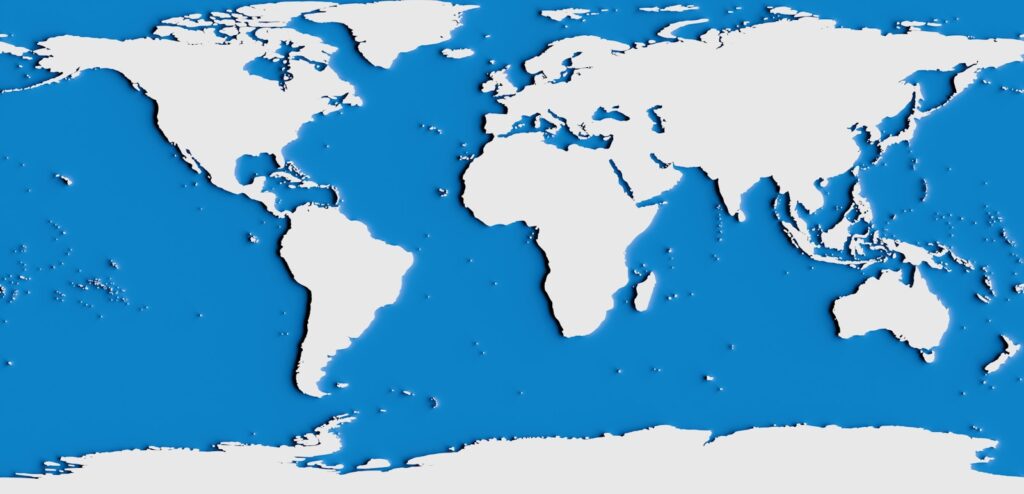
South America’s separation from other continents by the Late Cretaceous period created one of the most fascinating natural experiments in dinosaur evolution. This isolation led to the development of a highly distinctive dinosaur fauna unlike anything found elsewhere in the world. The apex predator role was filled not by tyrannosaurids as in North America and Asia, but by the abelisaurids like Carnotaurus, with its distinctive stubby arms and bull-like horns. While the northern continents were dominated by hadrosaurids, South America developed its own unique herbivores like the small, bipedal maniraptorans and bizarre sauropods. Perhaps most remarkably, South America was home to Meridiolestida, a group of mammals that evolved to fill ecological niches occupied by placental mammals elsewhere, providing a parallel to the dinosaurian distinctiveness of the continent. Fossil discoveries from Argentina, Brazil, and Chile continue to reveal just how different South American dinosaur communities were, highlighting the profound impact that geographical isolation can have on evolutionary trajectories. This natural laboratory demonstrates that given sufficient isolation time, evolution can produce dramatically different solutions to similar ecological challenges.
Continental Positioning and the K-Pg Extinction

The final chapter in the dinosaur story—their extinction at the Cretaceous-Paleogene (K-Pg) boundary 66 million years ago—was also influenced by continental positioning. The asteroid impact that triggered this mass extinction struck near the modern Yucatán Peninsula in Mexico, but its effects were likely modulated by the arrangement of continents at that time. Computer models suggest that if the asteroid had hit a different location, such as the deep ocean, more heat might have been absorbed by the water, potentially resulting in a less severe extinction event. The position of continents also affected how different regions experienced the aftermath of the impact, with some evidence suggesting that southern hemisphere dinosaur communities may have persisted slightly longer than their northern counterparts. Continental positioning influenced oceanic circulation patterns, atmospheric conditions, and even the distribution of resources that surviving animals relied upon during the post-impact crisis. While non-avian dinosaurs ultimately went extinct regardless of their location, the specific arrangement of continents at this critical juncture may have influenced which animal groups were best positioned to survive and radiate after the extinction, setting the stage for the Age of Mammals that followed.
Modern Insights: Reconstructing Ancient Continental Arrangements

Our understanding of how continental drift shaped dinosaur evolution continues to advance through interdisciplinary research combining paleontology, geology, and biogeography. Modern techniques like paleomagnetism, which studies the orientation of magnetic minerals in ancient rocks, allow scientists to reconstruct the precise position and orientation of continents throughout dinosaur times with increasing accuracy. Sophisticated computer models can now simulate ancient climate patterns based on these reconstructed continental arrangements, providing insights into the environmental conditions that different dinosaur groups experienced. DNA analysis of modern birds—the living descendants of theropod dinosaurs—offers another window into ancient biogeographical patterns, with genetic relationships sometimes preserving traces of ancient continental connections. When combined with the fossil record, these approaches allow paleontologists to create increasingly detailed pictures of dinosaur distribution patterns and how they correlate with continental movements. As technology advances, our ability to visualize the ancient world continues to improve, bringing us closer to understanding exactly how the physical restructuring of our planet influenced the magnificent creatures that once ruled it.
Conclusion: Earth’s Moving Puzzle and Dinosaur Destiny

Continental drift fundamentally shaped the evolutionary history of dinosaurs, creating a dynamic backdrop against which these remarkable animals adapted, diversified, and ultimately met their end. From their origins on the supercontinent Pangaea to their final days on a world with a more familiar geography, dinosaurs responded to the opportunities and challenges presented by our planet’s restless geology. The fragmentation of continents created natural experiments in isolation that produced unique evolutionary lineages, while temporary land bridges allowed for migrations that spread successful adaptations across the globe. The story of dinosaurs cannot be fully understood without considering the shifting stage upon which their evolutionary drama played out. As we continue to unearth fossils from around the world and refine our understanding of ancient continental positions, we gain deeper insights into how the physical restructuring of our planet influenced the course of life itself. The tale of dinosaurs and continental drift reminds us that evolution never occurs in isolation, but is always intimately connected to the dynamic geological processes that have shaped our planet throughout its long history.

